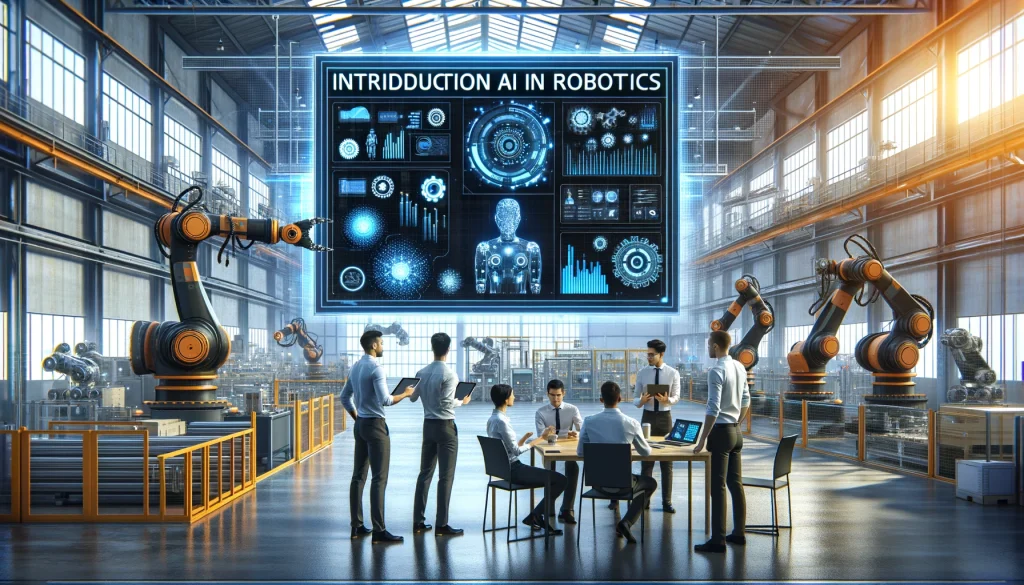AI and Robotics in Hazardous Material Handling

The handling of hazardous materials, ranging from toxic chemicals to radioactive substances, has long been a significant challenge for industries like manufacturing, healthcare, and nuclear energy. With the advent of artificial intelligence (AI) and robotics, the risks associated with managing these materials are being significantly reduced, enabling safer and more efficient operations.
AI-driven robotics are transforming hazardous material handling by automating tasks that were previously performed by humans, minimizing direct exposure to dangerous environments. Advanced robotic systems equipped with AI capabilities can identify, sort, transport, and dispose of hazardous substances with remarkable precision. For example, robotic arms in chemical plants can mix or package volatile compounds while maintaining strict safety protocols, ensuring minimal risk of spillage or contamination.
One of the standout features of these systems is their ability to leverage AI for real-time decision-making. Using machine learning algorithms, robots can analyze sensor data to detect leaks, identify irregularities in storage conditions, or monitor the integrity of containers. For instance, robots used in the nuclear industry are equipped with AI to detect radiation levels and assess structural damage in facilities, guiding safe operations and maintenance without endangering human workers.
Robotics also plays a critical role in emergency response situations. In cases of chemical spills, fires, or radiation leaks, AI-powered robots can quickly assess the scene, identify the source of the hazard, and take corrective actions such as sealing leaks, extinguishing fires, or decontaminating affected areas. These robots are often equipped with specialized tools, such as chemical detectors, thermal cameras, and robotic arms, allowing them to perform complex tasks in high-risk environments.
The integration of AI with robotics has enabled the development of autonomous systems capable of operating in remote or inaccessible locations. For example, unmanned aerial vehicles (UAVs) with AI algorithms can be deployed to monitor hazardous sites, collect data, and relay critical information to operators in real time. Similarly, underwater robots equipped with AI are being used to inspect and maintain offshore oil rigs or contain oil spills, reducing the need for human divers in potentially lethal conditions.
Another significant advantage of AI and robotics in hazardous material handling is their scalability and adaptability. Robots can be programmed to handle a wide variety of tasks, from moving barrels of toxic waste in storage facilities to dismantling explosive devices. AI further enhances this adaptability by enabling systems to learn from their experiences, improving their efficiency and accuracy over time.
Despite their numerous benefits, the adoption of AI and robotics in hazardous material handling is not without challenges. High initial costs and the complexity of integrating these technologies into existing systems can be barriers for some industries. Additionally, ensuring the reliability and security of AI systems is critical, as any malfunction or cyberattack could have catastrophic consequences. Advances in AI ethics and safety standards are essential to address these concerns and build trust in these systems.
The potential for innovation in this field remains immense. Researchers are exploring the use of swarm robotics, where multiple robots work collaboratively to handle large-scale hazardous tasks. AI advancements are also being used to predict potential risks, such as chemical reactions or material degradation, enabling proactive interventions. These developments promise to further enhance the safety and efficiency of hazardous material handling.
By combining the precision and strength of robotics with the intelligence and adaptability of AI, industries are revolutionizing the way hazardous materials are managed. These technologies not only protect human workers but also ensure that environmental and operational risks are minimized, setting a new standard for safety in high-stakes industries.
Stay ahead with ITBusinessNews – Your trusted source for Technology and Business news. Fast & Precise




